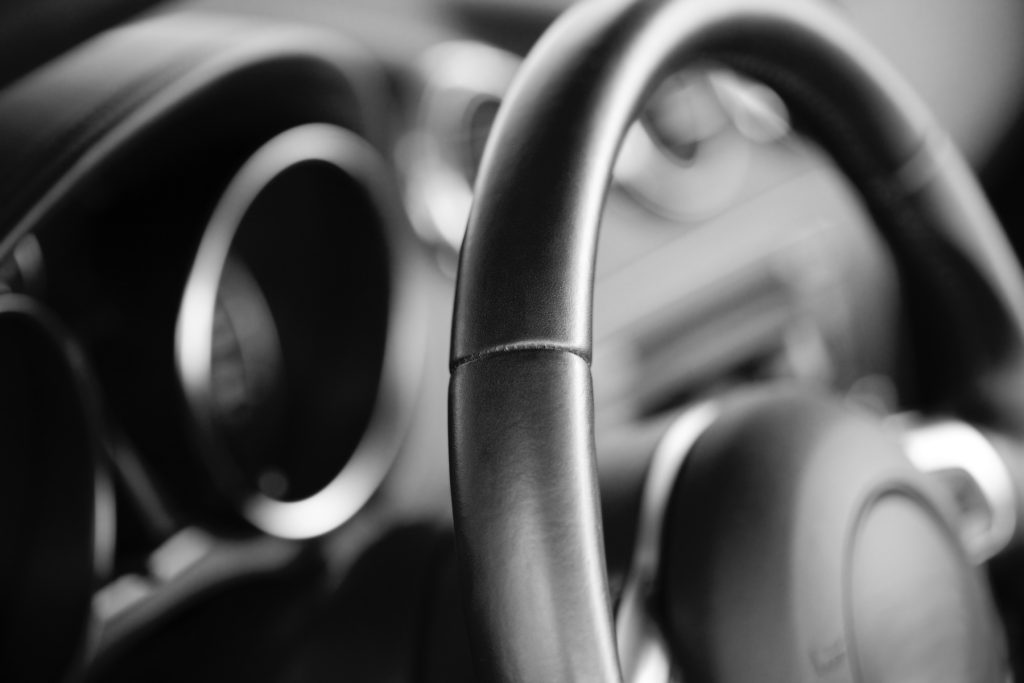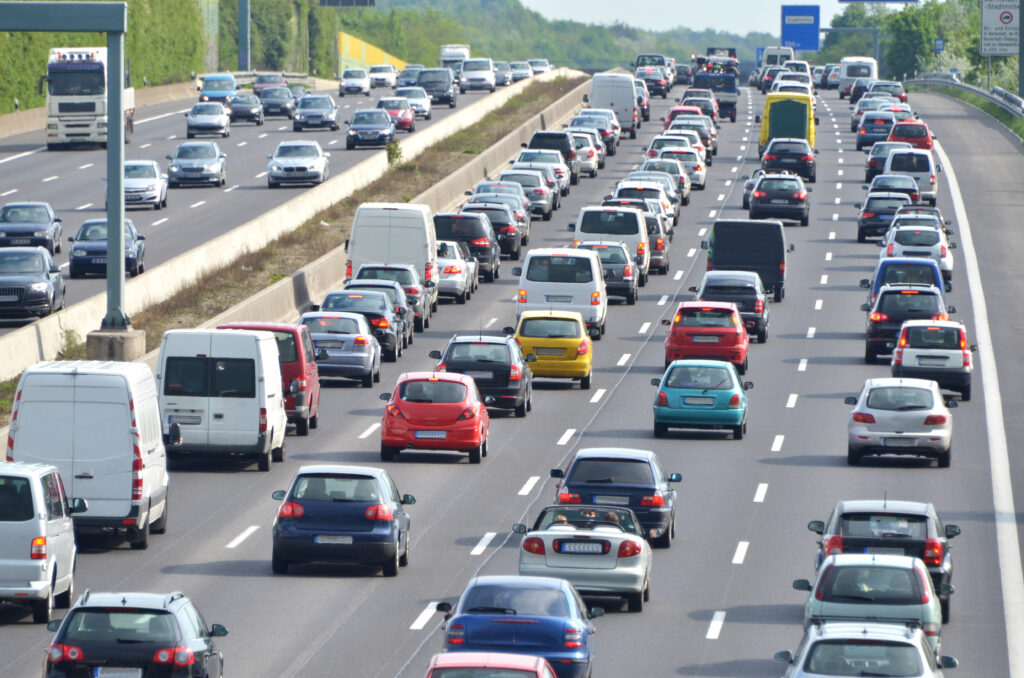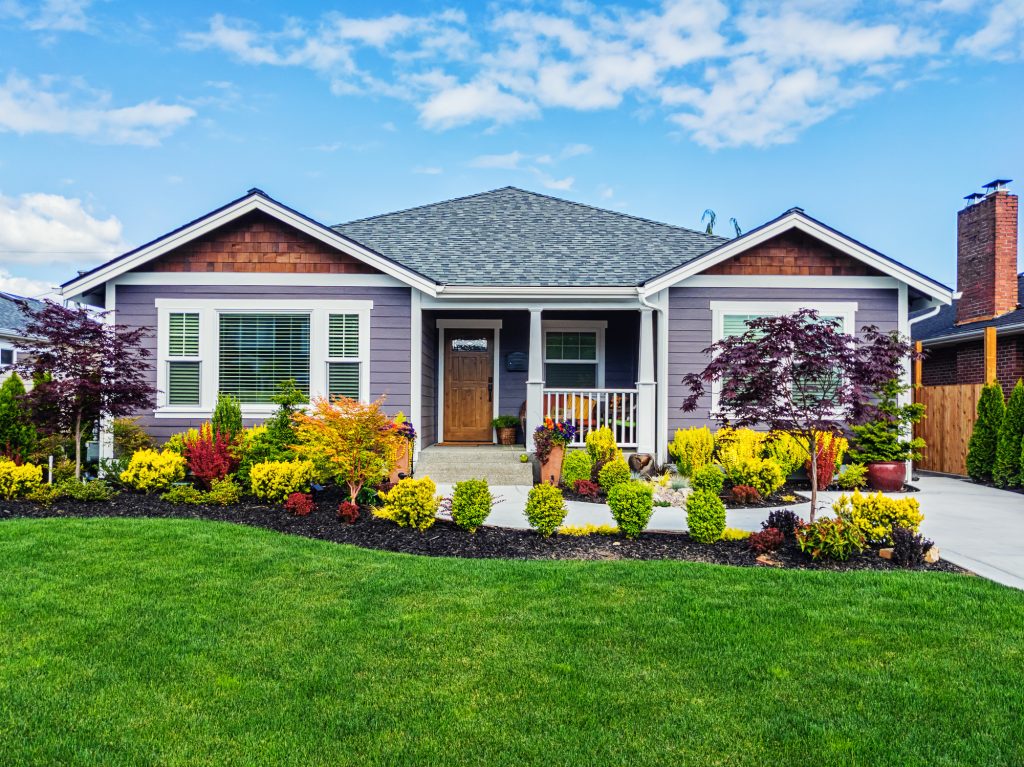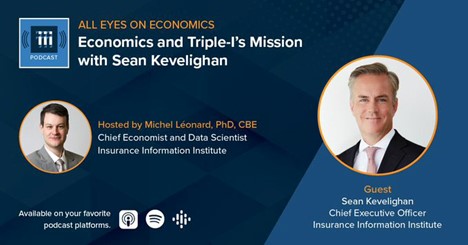
By Max Dorfman, Research Writer, Triple-I
Georgia’s personal auto insurance affordability has significantly worsened over the past decade and a half, making it one of the least affordable states, according to a new report by the Insurance Research Council (IRC) – a division of The Institutes, like Triple-I.
The study, Personal Auto Insurance Affordability in Georgia, ranks the state 47th in terms of auto insurance affordability. Only four other states – Louisiana, Florida, Mississippi, and New York – are less affordable. In 2006, Georgia was the 27th most affordable state.
Personal auto insurance expenditures in Georgia accounted for two percent of the median household income in 2022 (the latest year for which expenditure data is available). This is compared with 1.5 percent nationally.
Key findings:
- From the mid-2000s through 2014, Georgians spent about the same on auto insurance as other Americans. In the mid-2010s, however, auto insurance expenditures in Georgia began escalating. Between 2014 and 2022, auto insurance spending in Georgia grew 5.6 percent annualized, compared with 3.3 percent in the country overall and faster than in any other state. In 2022, Georgia’s average expenditure of $1,347 was 20 percent higher than the U.S. average.
- Affordability issues in Georgia’s auto insurance market stem from multiple factors — many of which have been faced by the rest of the country — including economic inflation, rising replacement costs, risky driving behavior, and legal system abuse. However, several key cost drivers are higher in Georgia, including propensity to file injury claims, number of underinsured motorists, and claim litigation.
- Auto insurance litigation is a growing concern in Georgia, especially as tort reform in neighboring states may be pushing law firms in those states to seek opportunities elsewhere. Georgia has experienced elevated attorney advertising rates, particularly in television advertising.
“Uninsured and underinsured motorists are both a symptom and a cause of affordability issues,” said Dale Porfilio, FCAS, MAAA, president of the IRC. “When affordability deteriorates, whether from increasing costs or slower income growth, increasing numbers of motorists may choose to lower the policy limits or to forgo the mandated insurance completely.”
Porfilio, who is also Chief Insurance Officer of Triple-I, noted that the resulting need for drivers to purchase uninsured motorist (UM) and underinsured motorist (UIM) protection further increases average insurance expenditures.
“Both the UM and UIM rates are higher than average in Georgia,” he said. “The UIM rate is especially high in the state: Georgia’s UIM rate has been increasing steadily and was the third-highest rate in the country in 2022.”








